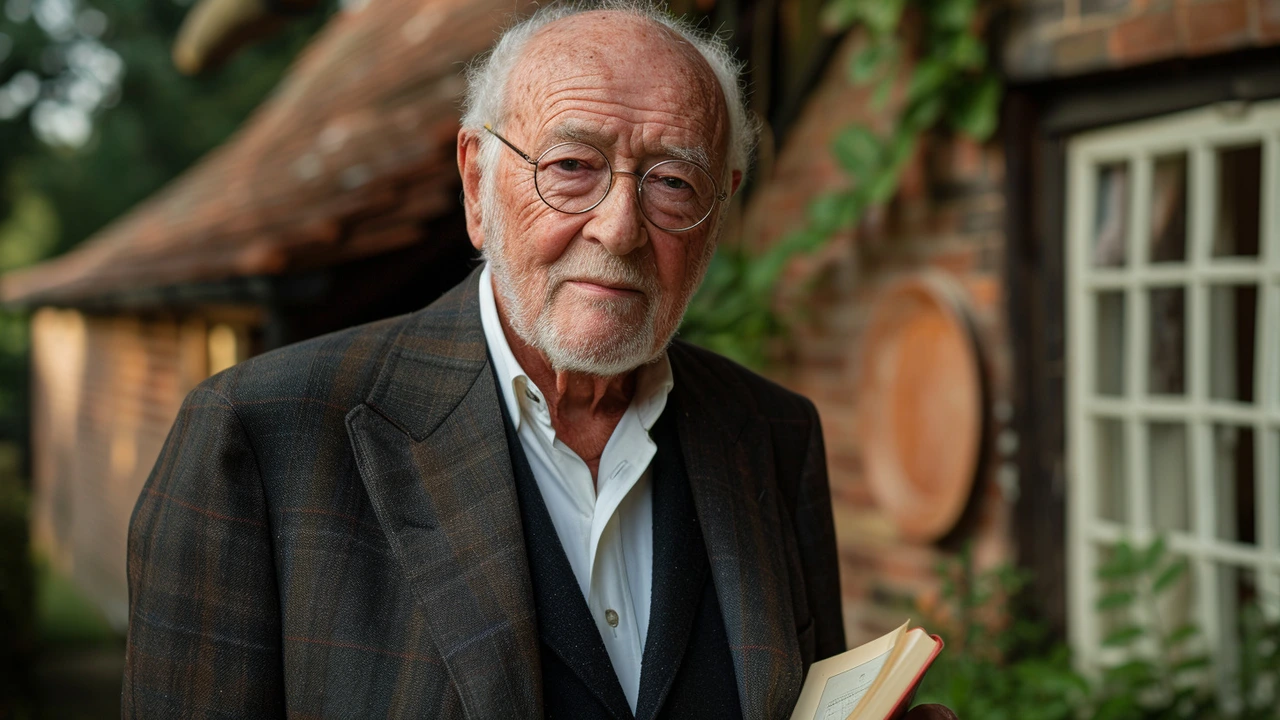The Enduring Legacy of Tudor Architecture
 Aug, 2 2023
Aug, 2 2023
The Birth of Tudor Architecture
Who among us has not been swept up by the lavish allure of Tudor architecture? It's a style that certainly adds a touch of fairy-tale fantasy to a mundane urban landscape. My fascination with Tudor architecture, unlike the fleeting trends of the moment, has stood the test of time. I've been smitten ever since my husband, Donovan, and I visited the Cotswolds region in England. The sight of the photogenic cottages with their thatched roofs, white, plastered exteriors, large fireplaces, and half-timbered facades was enough to make us declare our undying love for this architectural marvel.
The birth of Tudor architecture is a story interwoven with history, culture, and humanity's inventive spirit. Born during the reign of the Tudor dynasty in England (1485-1603), it left an indelible mark on the world architectural landscape. Its unique designs, with the quintessential cross-gabled roofs, exposed wood framing filled with stucco, tall, narrow windows, and enormous chimneys, continue to be emulated in modern designs today.
The Anatomy of Tudor Architecture
Let's take a moment to dissect the detailed elements that make up the anatomy of Tudor houses. Built to endure, these houses were often made from local materials such as timber and wattle and daub, a mixture of clay, straw, and animal dung used to fill in between the timber. The houses were often painted white, the exposed timber blackened for contrast. In an age before plumbing, homes were also designed with a 'garderobe', a small closet used for safekeeping clothes and doubling as a primitive toilet!
The upper floors of the houses were jettied out, reducing the footprint and providing increased floor space. And those distinctive diamond leaded glass windows? A result of high tax on glass, making smaller panes cheaper to use! Even the flamboyant display of kitchen utensils mounted on the walls was not a mere decorative feature, but a clever utilization of space in a time of constraint! It's these aspects that genuinely ingrigue me about Tudor architecture.
The Tudor Signature: Half-Timbering
When we think of Tudor structures, the vision that often punctuates our minds is the splendid half-timbering design. The Tudors took sheer pragmatism and turned it into something artistically thrilling. The half-timbering technique involved exposing the timber framework while filling the gaps between the timber with wattle and daub, brickwork, or plaster.
Donovan recounted humorously one evening how during our Cotswolds trip, I spent hours sketching the whimsical patterns that the timber created on the walls. I was so engrossed, that I almost missed the sumptuous high tea he had painstakingly planned for us! I still have those sketches, and they never fail to remind me of the artistry in utilitarian design that Tudor architecture embodies.
Tudor Architecture: A Modern Couture
The charm and quintessence of Tudor architecture have preserved its place in modern architectural design. My city, Adelaide, and many others around the world, are dotted with neighborhoods that proudly host a number of 'Mock Tudor' or 'Tudor Revival' homes.
Constructed in the late 19th and early 20th centuries, these homes have lovingly borrowed elements from their Medieval predecessors and married them with the modern perks of indoor plumbing, insulation, and electricity, eliciting an appealing marriage of history and contemporary comfort. With the aid of skilled craftsmanship and artistry, these homes imbue the elegance, refinement, and idiosyncratic charm that is so emblematic of the Tudor style.
Glimpsing at the architectural landscape today, it is heartening to note that the enduring legacy of Tudor architecture continues to find resonance amongst contemporary architects and homeowners alike. Its charm is a statement of style, grace, and a touching page in the annals of architectural storytelling that I, as a fervent patron of Tudor architecture, eagerly delight in!
Donovan and I often drive around those quaint neighborhoods, lost in a world steeped in history and charm, and fantasizing about our perfect Tudor dream home! So, here's an interesting tip: the next time you see a Tudor house, try to envisage the bountiful history it carries within its walls. It's sure to take your appreciation for this architectural style to new heights!